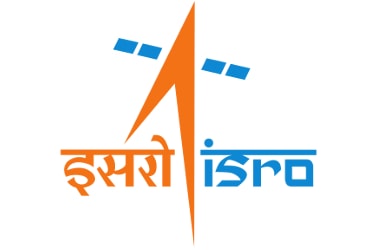HySIS: New earth observation satellite from ISRO
Q. What does HySIS stand for in the context of earth observation satellites from ISRO?- Published on 11 Aug 17a. Hypersonic Imaging Satellite
b. Hyperspectral Imaging Satellite
c. Hyperzonal Imaging Satellite
d. Hyperactive Imaging Satellite
ANSWER: Hyperspectral Imaging Satellite

A new set of future satellites called hyperspectral imaging satellites is set to add teeth to the way India will be seen from about 600 km in space.
The Indian Space Research Organisation (ISRO) says it plans to launch a full-fledged niche earth observation (EO) satellite - called the Hyperspectral Imaging Satellite or HySIS - using a critical chip it has developed.
There is no specific time-frame yet for its launch, an ISRO spokesman said, adding that meanwhile, the new chip, technically called an “optical imaging detector array,” that they have created for it would be tested and perfected.
ISRO is endeavouring to enter the domain of operational hyperspectral imaging from earth orbit with a satellite that can see in 55 spectral or colour bands from 630 km above ground
Hyspex Imaging: Know More- Hyperspectral or hyspex imaging is said to be an earth observation trend that is being experimented globally.
- Adding a new dimension to plain-vanilla optical imagers, it can be used for a range of activities from monitoring the environment, crops, looking for oil and minerals all the way up to military surveillance - all of which need images that show a high level of differentiation of the object or scene.
- About a decade ago, ISRO added another earth observation niche with microwave or radar imaging satellites RISAT-1 and 2 that could ‘see’ through clouds and the dark - an important feature useful for the military and security agencies.
- ‘Hyspex’ imaging is said to enable distinct identification of objects, materials or processes on earth by reading the spectrum for each pixel of a scene from space
ISRO first tried it out in an 83-kg IMS-1 experimental satellite in May 2008. The same year, a hyperspectral camera was put on Chandrayaan-1 and used to map lunar mineral resources. - Very few space agencies have such a satellite; a German environmental satellite called EnMAP is due to be launched on an Indian booster in 2018.
- The payloads development centre, Space Applications Centre, Ahmedabad, designed the architecture of the chip which was made at ISRO’s electronics arm, the Semi-Conductor Laboratory, Chandigarh. The result was a detector array that could read 1000 x 66 pixels.
- Hyspex is an evolving technology